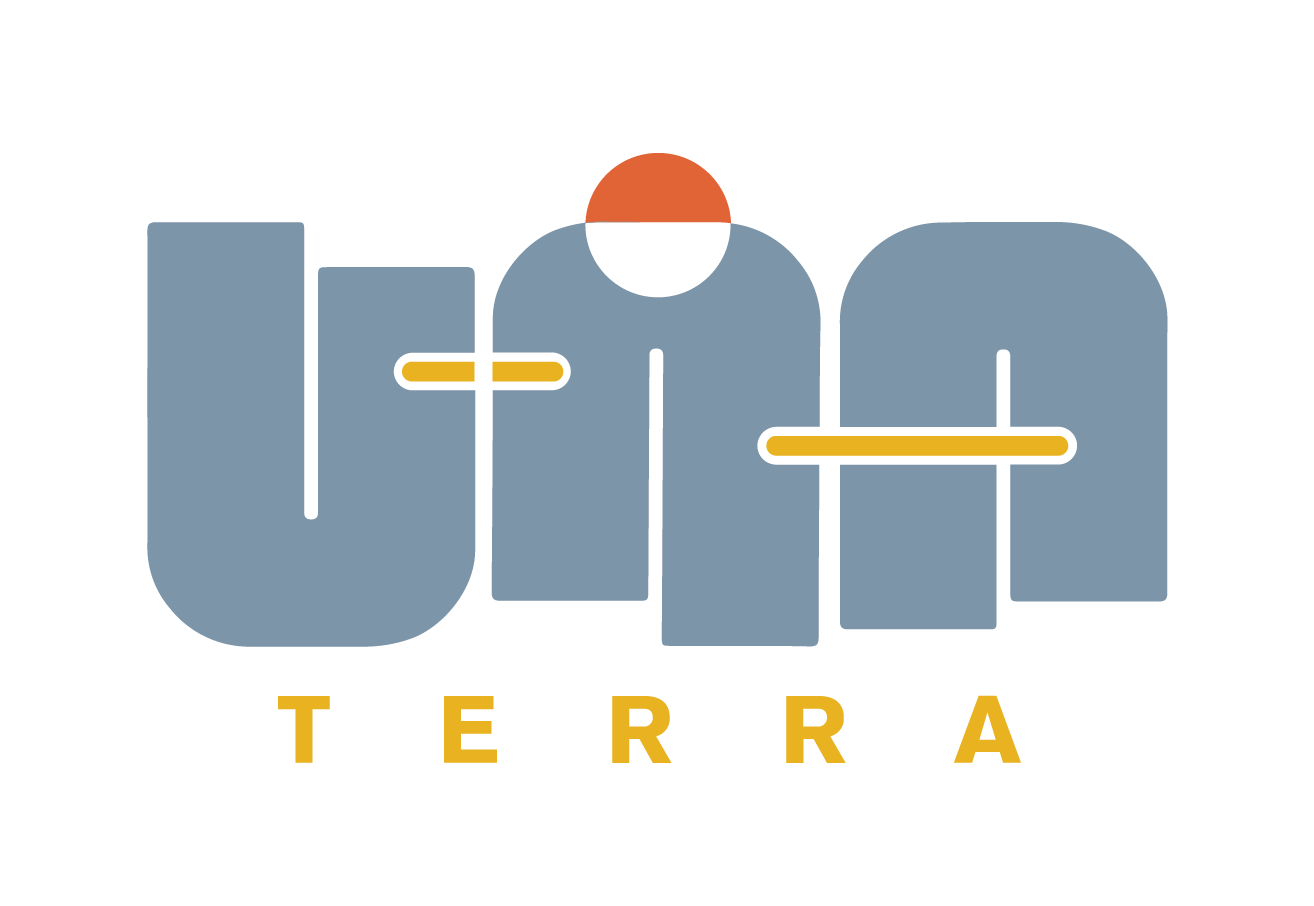In the cupboard: facing the facts about food security in Canada
January 12, 2022Food insecurity in Canada has increased in recent years, and some Canadians are more vulnerable than others. How can we participate in positive change?
By Rae Landriau
For many of us we do not think twice about going and grabbing a snack. We simply walk to our cupboards and open them to find food at our fingertips. We do not take the time to question whether or not we will have food, we simply know it will be there. In 2018 across Canada more that 4.4 million Canadians did not know if food would be there when they went to grab a snack. This meant that on average 1 out of every 8 households was food insecure. Food insecurity is the inadequate access or uncertain access to food due to financial constraints. It can be classified in three categories ranging from least to most severe. Marginal food insecurity is where there is a worry that food will run out or limited food selection, moderate food insecurity is where a compromise in the quality and quantity of food has been made, and finally severe food insecurity is where meals are missed, food intake is reduced, and at the most extreme go day(s) without food.
Canada has shown concerning increasing trends in the number of Canadians facing food insecurity. In 2007, 3.4 million Canadians faced food insecurity, fast forward a decade and that number has now grown by a million, all the way up to 4.4 million people facing food insecurity. Another concerning trend is the increase in severity of insecurity, with the majority of food insecure people in the moderate category.
Since 2018 a lot has changed about the world, with the global pandemic COVID-19. As a result of lockdowns, closures of businesses, absence of paid sick leave, minimum wages instead of a living wage, and increasing unemployment rates, there has been an increase in financial insecurity for Canadians. This financial stress and uncertainty have also increased the number of Canadians who are facing food insecurity. In 2020 the amount of Canadian households who were food insecure jumped from 1 in 8 to 1 in 7, meaning that hundreds of thousands of Canadians were under food stress. Canadians who were absent from work due to COVID-19 were almost three times more likely to be food insecure than those who had job stability and could work throughout the pandemic.
Food vulnerability is an intersectional issue
There are numerous factors which affect the vulnerability of households to food insecurity, one of which is the racial/cultural group that an individual belongs to. In Canada Black and Indigenous people face the highest rates of food insecurity at 28.5% of households facing insecurity. Location also greatly impacts the food security of households. In Canada the highest rates of food insecurity are found within the territories, Yukon at 16.9%, the Northwest Territories at 21.6% and Nunavut facing by far the highest rates in Canada at 57% of households being food insecure. Food insecurity in the North is a multifaceted issue. Traditionally Indigenous peoples rely on a combination of hunted and trapped (wild) and marketed food, however, both harvesting, and food shipping costs are extremely high. Perishable items such as fresh fruits and vegetables are very difficult to find and when found are extremely expensive to buy, causing them to not be a viable option for people in the North. Government policies and programs lack proper coordination to adequately address subsidizing in order to lower the cost of food in Northern communities to Canadian average prices.
Other factors which contribute to food vulnerability in Canada include renting versus owning a home. People who rent their accommodations were found to be three times more likely to be food insecure than those who are owners of the accommodations. Households with children or seniors have a higher likelihood of being food insecure than households without. Canadians reliant on social programs such as social assistance, employment insurance and workers’ compensation all faced higher percentages of food insecurity than Canadians who did not rely on these programs.
Food insecurity takes a tremendous toll on people’s health, not only the lack of adequate nutrition and proper nutrition but the mental health concerns as well. The risk of experiencing declining mental health increases as food insecurity increases, indicating that the two are tightly correlated with one another.
Canadian actions on food security
In Canada there is a clear recognition of food security issues rooted in inadequate income, and to address these concerns there needs to be a multi tiered solution.
- At the National, Provincial and Municipal level there needs to be the development of legislation to address food security concerns, requiring solutions beyond increased food charity, donor organizations and food banks.
- Unified policy making in collaboration with organizations such as Organizations like Food Banks Canada, Feed Ontario, Community Food Centres of Canada, Food Secure Canada, Dietitians of Canada, Ontario Dietitians in Public Health is required to make meaningful change
- At an individual level it is important to bring to light these conversations and to take action to educate ourselves and others on these topics. Striking up a conversation and bringing it to your local MP’s, signing petitions are all ways we can help address these issues
When efforts are unified across governing bodies, community organizations and at the individual level radical change can occur to help solve these issues.
Sources:
Food Secure Canada. (N.D). Affordable food in the North. Accessible at: https://foodsecurecanada.org/resources-news/news-media/we-want-affordable-food-north
Government of Canada. Statistics Canada (2020). Food Insecurity and mental health during the COVID-19 pandemic. Accessible at: https://www150.statcan.gc.ca/n1/daily-quotidien/201216/dq201216d-eng.htm
Government of Canada. Statistics Canada (2020). Food Insecurity during the COVID-19 pandemic, May 2020. Accessible at: https://www150.statcan.gc.ca/n1/pub/45-28-0001/2020001/article/00039-eng.htm
PROOF. Food insecurity policy research (N.D). Household Food Insecurity in Canada. Accessible at: https://proof.utoronto.ca/food-insecurity/

0 Comments